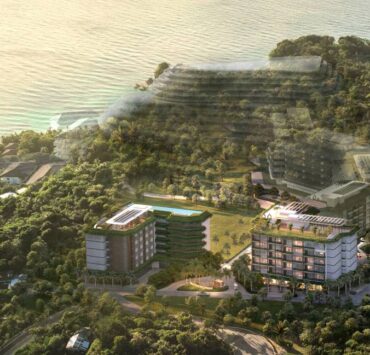The ever evolving face of luxury
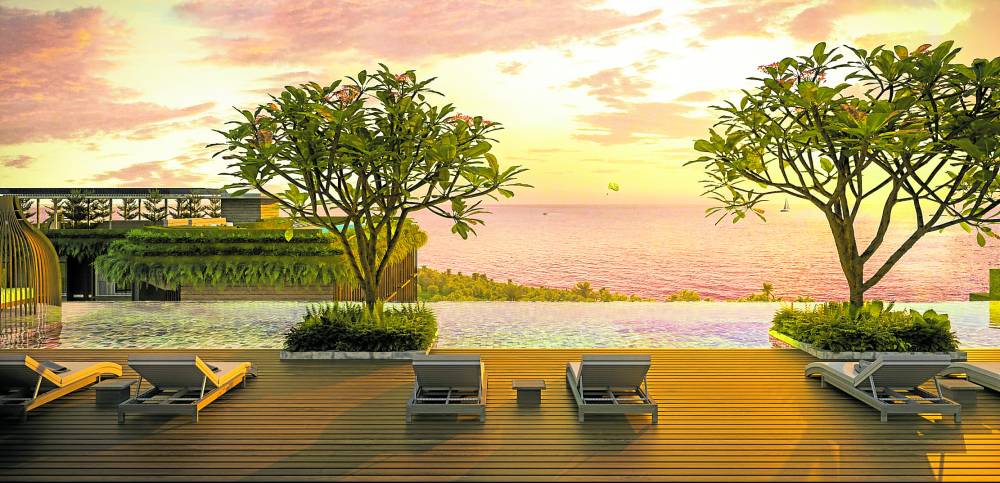
Luxury is a universally understood concept—recognizable, yet uniquely defined.
While almost anyone can sense when something is luxurious, what constitutes luxury has evolved over time, and continues to differ across individuals and generations—shifting with cultural values, economic conditions, and preferences.
This is why it remains a constant point of development for designers, planners, and builders of communities.
Let us take a closer look at the key trends influencing this ever evolving ideal.
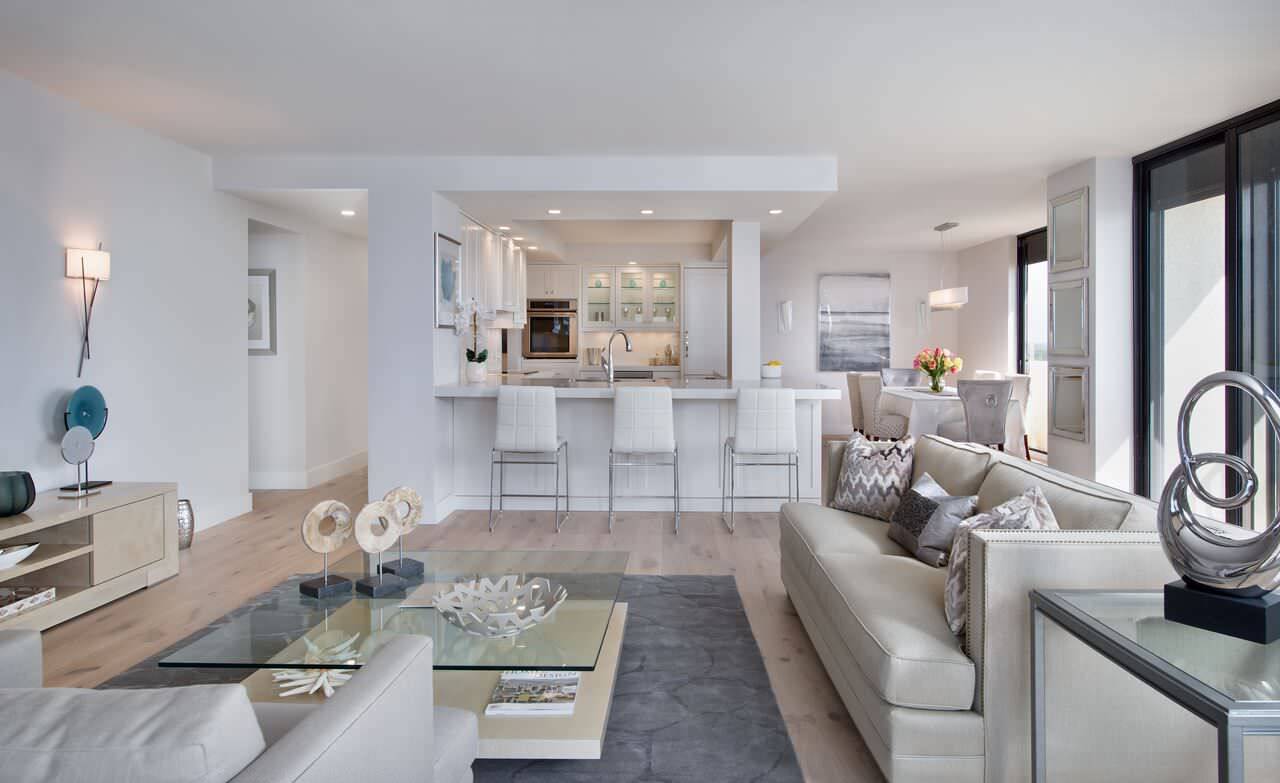
Over the top
Who among us—especially those who grew up in the ’80s and ’90s—didn’t have that one wealthy relative or neighbor who was decked out daily, head to toe, in so much jewelry that it bordered on gaudy?
And who among us didn’t see that same neighbor or relative return to an equally flashy home—lavishly finished with a hodgepodge of expensive marble, granite, tile, stone, ornate moldings, wood accents, and the like? If you were lucky enough to be invited inside, you were likely dazzled by baroque-style furniture, intricately carved ceilings gilded in gold, and crystal chandeliers, while enjoying a hearty bowl of arroz caldo served in delicate porcelain, with a silver spoon to boot.
This is likely the image of luxury most familiar to us: over-the-top finishes used to express wealth—much like how clothes and jewelry are worn to display status and project a carefully curated image.

Convenience
Of course, someone fortunate enough to live in that kind of setting might still find one flaw: all the trappings and decorations do little to enhance the activities that define daily life.
The ease with which they do those activities, and how they access those facilities and services will be largely the same as anybody else. This is why the natural progression of the definition of luxury addressed these, shifting toward functionality, convenience, and overall quality of life.
A new form of luxurious residence emerged as a result—situated close to, or even within, the heart of the city. Everything—from work, school to everyday essentials like groceries, laundry services, and bill payments, as well as leisure spots such as restaurants and cinemas—became a short drive or walk away for those who could afford to buy or rent in these prime locations.
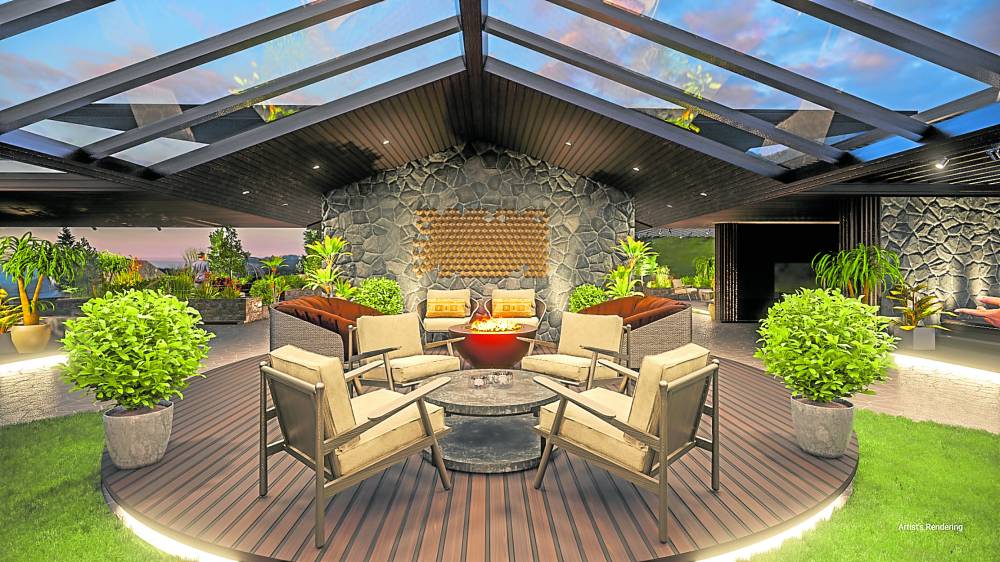
Space
As this lifestyle grew in popularity, the number and range of offerings expanded as well—becoming increasingly vertical as property prices rose.
Single-detached residences gave way to townhouses, then to low rise condominiums with multiple units, and eventually to high rise towers containing hundreds of dwellings. As developers sought to make these offerings more accessible to a broader market, the space allotted to each unit began to shrink.
Luxury therefore came to be expressed in terms of how much space one has in one’s dwelling. A large, multi-room condominium unit—which had a separate enclosed space for cooking and laundry, with another room for living and dining, and maybe one or two bedrooms—became as much if not more of a statement than owning and adorning one’s self with jewelry.
As such, the design of condominium units became extremely important. Efficiently planned dwellings could, after all, maximize not just the aesthetic appeal but also practicality, convenience, and quality of life.
The concept of space as a defining element of luxury also extended beyond private residences. Generously sized, sumptuously finished common spaces like grand lobbies, function rooms, and green outdoor spaces became highly sought-after features in condominium developments.
While these areas were not always part of residents’ daily routines, they played a crucial role in projecting an image of luxury, both to the residents and their guests.
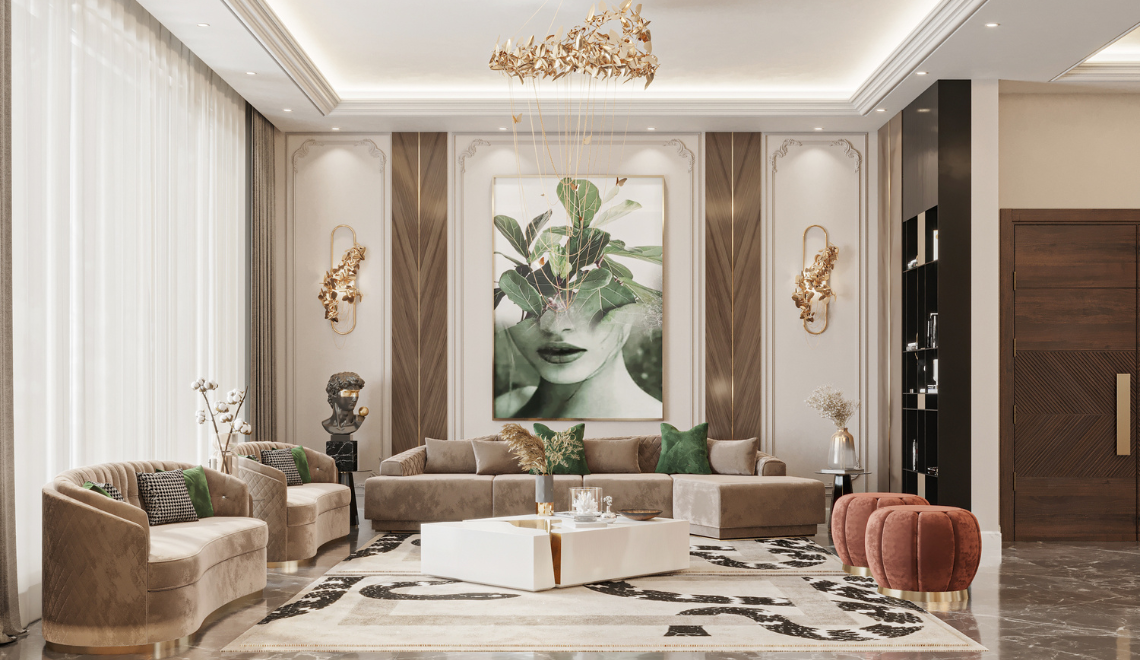
Wellness
With the rise of urbanization and globalization and with more people engaged in the sedentary routine of white-collar work, recent years have seen a noticeable increase in obesity and chronic diseases.
Awareness grew around the negative effects of prolonged sitting, limited time outdoors, and reduced social interaction beyond the workplace. Activities once taken for granted—such as exercising, spending time outside, and socializing—suddenly became essential.
Wellness became the key to a more fulfilled life, leading to the rise of health and wellness facilities in the city such as gyms, yoga studios, and the like.
The practically idle common spaces increasingly became a focal point for development. Could these areas serve a purpose beyond being mere aesthetic showpieces, specifically, in response to the growing demand for wellness?
Once empty function rooms and lobbies were transformed into gyms, yoga studios, and social lounges. Landscaped areas, formerly cordoned off and valued only for their visual appeal, evolved into accessible mini-parks that encouraged outdoor activity and supported physical and mental well-being.
In this new paradigm, luxury became inseparable from wellness—and access to it became a marker of a truly elevated lifestyle.
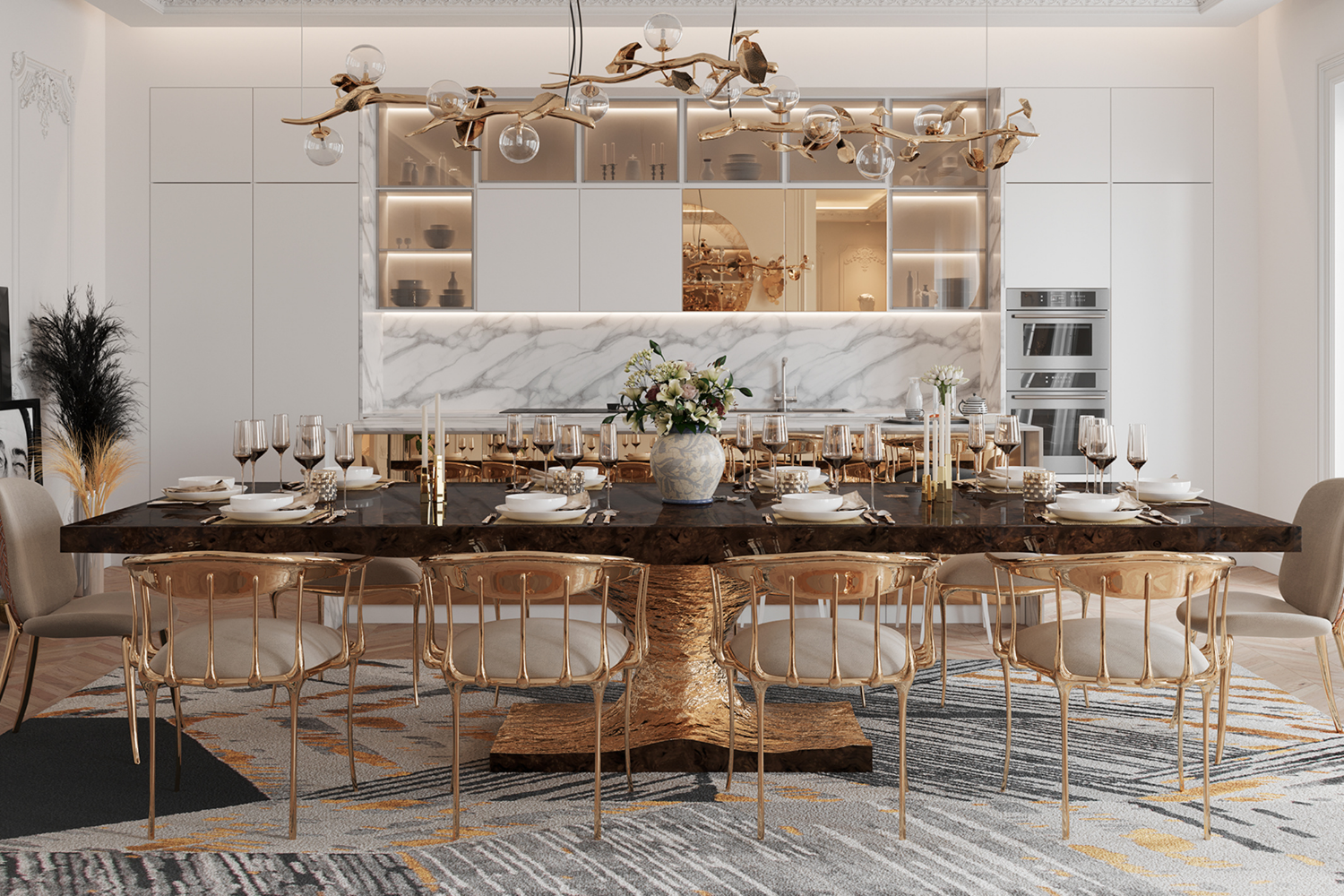
The future
As we have seen, the concept of luxury in residences, communities, and built environments has evolved over the years.
From lavish finishes and ornate décor, to convenience and ease in daily living, to multifunctional spaces, and most recently, to wellness integrated into everyday routines—these are just broad strokes of this continuing evolution. Only time will tell how luxury will develop anew in the future.















